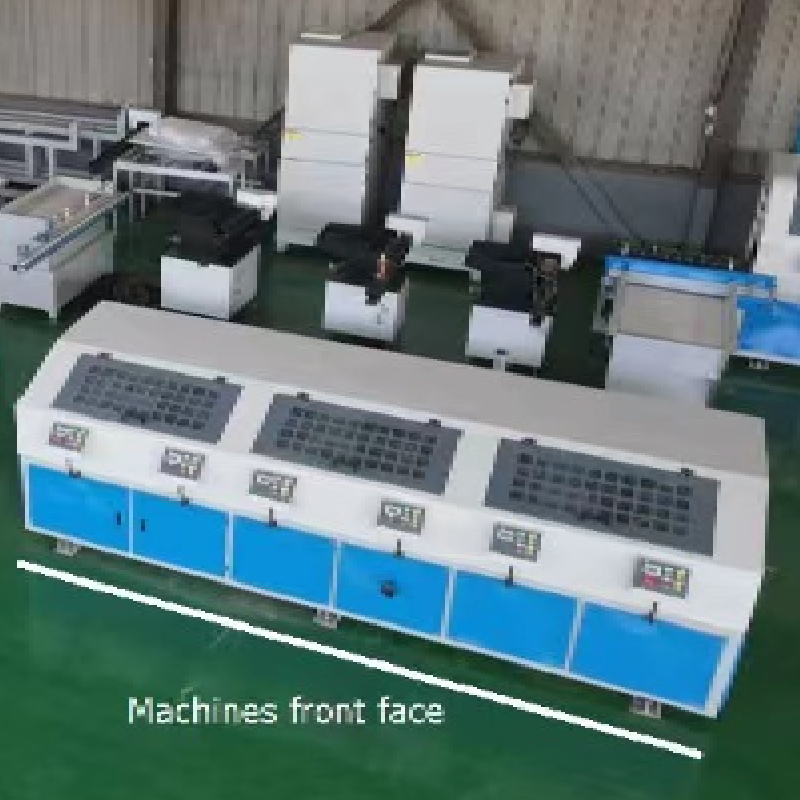Understanding OEM Surface Grinder and Centerless Grinding A Journey into Precision Manufacturing
In the world of precision manufacturing, OEM (Original Equipment Manufacturer) components play a significant role in ensuring that machines and tools operate at their best. Among the various machining processes, surface grinding and centerless grinding stand out as essential techniques in the production of high-quality parts. This article delves into the intricacies of OEM surface grinders and centerless grinding, exploring their applications, benefits, and technological developments.
What is OEM Surface Grinding?
OEM surface grinding involves the production of precise flat surfaces on components that are often part of larger systems or machines. The process utilizes a grinding wheel rotating at high speeds, which removes material from the workpiece to achieve a specific flatness or surface finish. OEM manufacturers often use surface grinders to create parts for industries such as automotive, aerospace, and tool-making, where precision is paramount.
The significance of surface grinding lies in its ability to achieve tolerances of just a few micrometers. This level of accuracy is especially critical in applications where components must fit together seamlessly. For OEMs, investing in high-quality surface grinders ensures the production of parts that meet stringent industry standards. Modern surface grinders are equipped with advanced features such as computer numerical control (CNC), which enhances precision and repeatability, making it easier to produce complex geometries with consistent results.
The Role of Centerless Grinding
Centerless grinding is another vital machining process used in the production of cylindrical parts. Unlike traditional grinding methods, which require the workpiece to be placed between two centers, centerless grinding offers a more efficient approach by allowing the workpiece to be held in place by a regulating wheel. This setup enables continuous operation and high production rates, making it ideal for manufacturing components in bulk.
oem surface grinder centerless

One of the primary advantages of centerless grinding is its ability to produce parts with tight tolerances and excellent surface finishes. It is commonly used for components such as shafts, pins, and rollers, which are integral to machinery operation. The process not only enhances the dimensional accuracy of the parts but also minimizes the risk of defects, allowing OEMs to maintain quality while meeting high-volume demands.
Technological Advances in Grinding Processes
In recent years, technological advancements have significantly enhanced the capabilities of both surface and centerless grinding. Innovations such as automation, artificial intelligence, and advanced materials have transformed these processes. For instance, the integration of CNC technology into grinding machines allows for more complex operations and reduces human error. Moreover, the use of high-performance abrasives and cooling techniques has improved the efficiency and lifespan of grinding tools.
Furthermore, manufacturers can now utilize simulation software to model grinding processes and optimize parameters before physical implementation. This not only streamlines production workflows but also aids in reducing material waste and operational costs. With these advancements, OEMs can enhance their competitive edge, delivering superior products to their clients while maintaining sustainability.
Conclusion
In conclusion, OEM surface grinders and centerless grinding are critical components of the precision manufacturing landscape. These processes not only ensure the production of high-quality parts but also enable OEMs to meet the demands of various industries effectively. As technology continues to evolve, the future of grinding processes looks promising, with innovations promising to further improve efficiency, accuracy, and sustainability. For manufacturers committed to excellence, understanding and leveraging these grinding techniques will be key to achieving operational success in an increasingly competitive marketplace.
-
Discount High-Precision Surface Polishing Machine Durable & EfficientNewsApr.29,2025
-
High-Precision SS Square Tube Polishing Machine China SupplierNewsApr.29,2025
-
Stainless Steel Square Pipe Polishing Machine OEM & High-EfficiencyNewsApr.28,2025
-
Centerless Grinder Troubleshooting Fast Fix for OEM, China & Discount ModelsNewsApr.28,2025
-
Centerless Grinder Automation Solutions OEM & Precision Systems ChinaNewsApr.28,2025
-
Scarlo Centerless Grinder OEM High-Precision China Models & DiscountsNewsApr.28,2025


